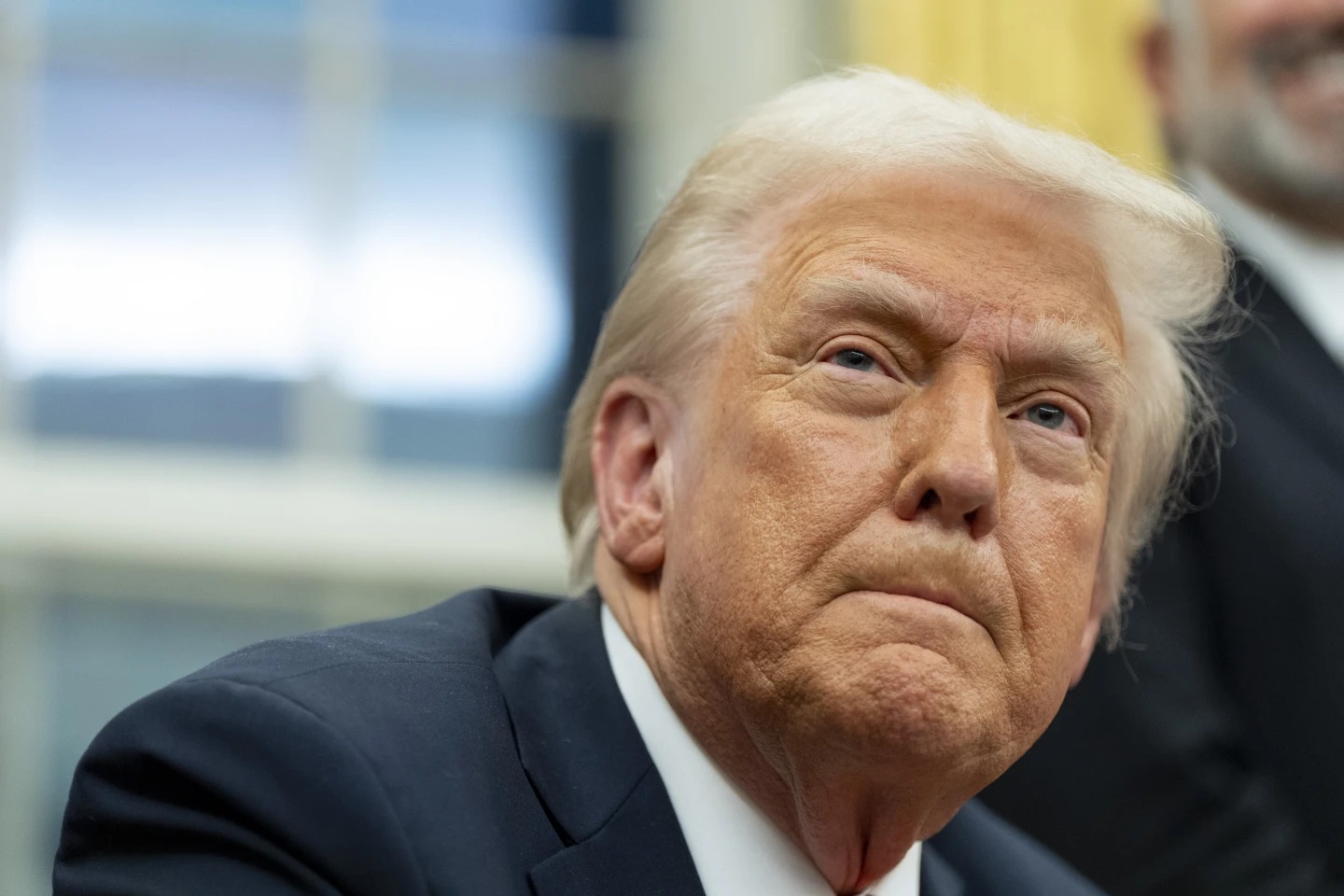If you’re throwing a watch party for Super Bowl LIX, you couldn’t ask for a better backdrop and inspiration than the game’s host city, New Orleans.
The town is known for enticements, from its music scene to Mardi Gras to distinctive architecture and, ya know, food. There are plenty of traditional Cajun or Creole recipes, like gumbo, jambalaya, red beans and rice, etouffee, muffaletta, beignets. But I’m going to go with the classic Shrimp Po’Boy.
A century-old origin story
Po’boys were invented in New Orleans during a streetcar strike in 1929. The story goes that two brothers, Benny and Clovis Martin, former streetcar workers who had opened a coffee stand, began feeding striking colleagues with big sandwiches stuffed into half loaves of bread. One of the brothers, it’s said, would drawl “here comes another poor boy” each time someone approached for a sandwich, but it sounded more like “po’boy.” And the name stuck.
What makes po’boys different?
“The key thing about po’boys is the bread. It is the foundation, and it is the thing that differentiates a po’boy from a hoagie, a hero, a sub or any other kind of sandwich,” says Ian McNulty, food writer for the news site NOLA.com.
“It’s the bread that in New Orleans we call French bread, but which is not even remotely like a baguette,” he continues. “It has a crackling crisp, very thin exterior crust and an airy, malty interior (achieved through fermentation). This combination of crisp to puffy textures makes the bed that both cradles all the fillings and stands up to them.”
The two main suppliers of New Orleans French bread, McNulty says, are Leidenheimer Baking Co. and the much smaller John Gendusa Bakery. Someone attempting to make a po’ boy outside of New Orleans should try to find bread that matches those characteristics.
In a pinch, you can use a baguette instead, or an Italian loaf, but maybe don’t tell Ian I told you that was OK.
Once you have the right bread, decide if you want it dressed, and how.
“Fully dressed” means shredded lettuce, sliced tomato, sliced pickles and mayonnaise. Any combination of those is still dressed.
For the filling, roast beef and fried oysters are popular po’boy options, but here I went with plump, crispy, fresh-from-the-pan fried shrimp. Buy shrimp that are not too large nor too small, like 31-40 per pound shrimp.
McNulty advises that the best fried shrimp will fall out the side of the sandwich and constitute their own little side dish to munch outside it.
“The key as always with shrimp is to avoid overcooking,” he says. “When you start to wonder if they might be done, they already are. You want a golden crust but you want that fresh pop of the shrimp within.”
McNulty’s favorite local places for po’ boys are Parkway Bakery & Tavern, in the heart of the city, and Domilise’s, a small neighborhood shop.
My recipe:
___
Shrimp Po’Boy
Serves 4
Ingredients:
1 loaf New Orleans French Bread, or French or Italian bread
1 pound medium (31/40 per pound) shrimp
¼ cup all-purpose flour
¼ cup cornmeal
2 teaspoons kosher salt, pus more to taste
1 teaspoon freshly ground pepper
½ teaspoon paprika
½ teaspoon garlic powder
½ teaspoon cayenne pepper
1 large egg
½ cup milk
Vegetable oil for frying
To Dress the Po’Boys:
Remoulade sauce or mayonnaise
Shredded romaine or iceberg lettuce
Sliced pickles
Sliced tomatoes
Directions:
Slice the bread in half horizontally, then slice the loaf into 2 to 4 sections, depending on how big you want each sandwich to be. Scoop out some of the fluffy bread from the middle if you wish; that’s a personal choice (but common in the po’ boy world of New Orleans).
Combine the flour, cornmeal, salt, pepper, paprika, garlic powder and cayenne pepper in a shallow bowl. Mix the egg with the milk in another bowl and season with a bit more salt and pepper. Place a wire rack on a baking sheet.
A few at a time, dunk the shrimp in the milk mixture, turning them to coat. Using a slotted spoon or your hand, remove the shrimp, allow any excess liquid to drip back into the bowl, then dredge them in the flour mixture, making sure they are well coated. Use one hand for the wet ingredients and another for the dry to keep everything from getting clumpy and messy.
As the shrimp are breaded, place them, without touching each other, on the wire rack. When all of the shrimp are coated, place the baking sheet into the fridge and let the shrimp chill for 15 minutes.
Line a large plate with paper towels. Pour the oil to a depth of 1 inch into a large, heavy, deep skillet. Heat the oil over medium high heat to 365°F. (Tip: If you don’t have a candy thermometer, just wait until the oil is shimmering, then add one shrimp. If it starts to gently sizzle and turn golden brown after about 2 minutes, your oil is the perfect temperature.)
In a few batches, add the shrimp, turning them with a slotted spoon as they cook. They should fry for about 2 to 3 minutes total, and become golden brown and crispy. Remove them with a slotted spoon to the paper-towel-lined plate. See if they need another light sprinkle of kosher salt. Continue frying until all of the shrimp are cooked and crispy.
(Tip: You may need to allow the oil to come back up to temperature in between batches of shrimp. Adding too many shrimp at once will lower the temperature of the oil, and the shrimp won’t get nicely browned and crunchy.)
Spread some remoulade or mayo on the toasted bread. Add shredded lettuce to the bottom piece, then pile on the warm shrimp, tomatoes and pickles. Add a bit more sauce and lettuce if you like, and then top with the other piece of bread. Serve immediately.
___
Republished with permission of The Associated Press.
Post Views: 0

 Entertainment8 years ago
Entertainment8 years ago
 Entertainment8 years ago
Entertainment8 years ago
 Politics8 years ago
Politics8 years ago
 Tech8 years ago
Tech8 years ago
 Tech8 years ago
Tech8 years ago
 Tech8 years ago
Tech8 years ago
 Politics8 years ago
Politics8 years ago
 Tech8 years ago
Tech8 years ago











